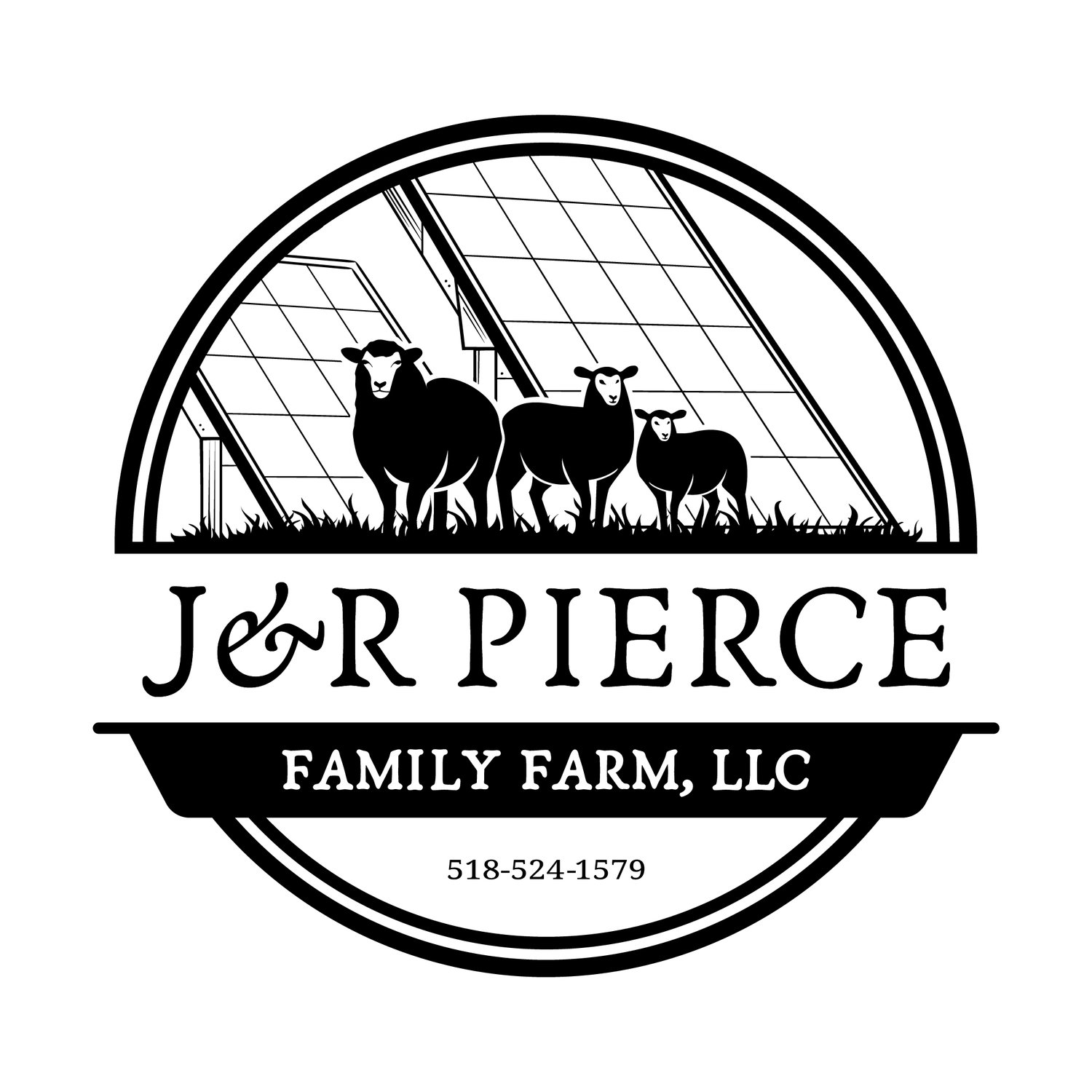What is a “Geep”?
Happy Valentine’s Day from all of us at J&R Pierce Family Farm!
As our son gets older, we’re finding ourselves fielding some…interesting…conversations about “animal romance.” Such is life on the farm for a preschooler, I suppose!
We are now in the lambing window and so much of our day revolves around checking the paddock and barn where the ewes are housed to make sure nobody is in labor. Lew absolutely adores doing this and looks forward to it every day after school.
Yesterday, however, he asked if we could check to see if his cow Bettina had her babies.
**J&R Pierce Family Farm is a participant in the Amazon Services LLC Associates Program, an affiliate advertising program designed to allow sites to earn advertising fees by linking to products on Amazon. I often link to Amazon when recommending certain products, and if you choose to purchase, I may earn a small percentage of the sale. It costs you nothing extra, and all recommended products are ones that I personally vouch for.**
Now, for those of you who don’t know, he got Bettina for his birthday last September, when she was just a two-week old bottle calf. Not only is she not old enough to be bred yet, but she also has not been exposed to a bull.
I tried to explain to Lew why it wasn’t possible for Bettina (Tina) to be pregnant yet, for these two reasons.
But he had one big sticking point. She is currently housed in a pen with one of our rams, Meb.
So according to Lew, since she had been “hanging out with a Daddy Sheep,” she should be able to have a baby (although we haven’t had the “birds and the bees” conversation with him, he knows that it takes a mommy and a daddy sheep to have a baby).
For a four year old, you have to be impressed by his level of biology…but…as we all know…that interspecies breeding just ain’t happening.
I share this story because a) it’s funny (at least, until Lew reads these posts one day when he’s sixteen and wants to kill me…to be continued in that regard!) and b) because it highlights an interesting fact about the animal world - we’ve got to keep it in the species.
Or do we?
While cows and sheep definitely won’t be making crosses any time soon, there ARE some famous examples of interspecies mingling.
We all know about mules - a cross between a male donkey and a female horse - and perhaps ligers - male lions and tigresses.
There are plenty of others, too. Jaguars and lions have been known to breed, as have zebras and donkeys. And in the agriculture world, besides the mule, perhaps one of the most famous crosses is the goat-sheep - in what becomes comically known as a “geep.”
Sometimes also referred to as a “shoat,” a geep is a rare combination of a sheep and goat. Goats and sheep belong to different genuses. Goats, with 60 chromosomes, can occasionally mate with sheep, which have 54.
The resulting offspring is usually stillborn and often sterile, but there have been rare occasions in which a live offspring was born. Such a phenomenon hits the news about once every decade, with the most recently reported in the US occurring in 2022 in Kentucky.
The resulting offspring, named Spring Rose, had her blood tested at Texas A&M University where it was confirmed that she was in fact a geep.
This is incredibly rare. Although you’ll hear anecdotes from farmers about having “geeps” on their farm, it is extraordinarily difficult for a geep to be carried to term due to the different number of chromosomes. Those that do make it to birth seldom live long. Sheep and goats might look alike, but genetically, they’re quite different.
As for cows and sheep…well, that’s just not happening, much to Lew’s disappointment. But our little farm kid still has lots to look forward to - we’re expecting lambs any day now (keep your eyes peeled for an announcement, those of you who entered our lambing date contest!) and in a few years, we’ll have Tina bred, too.
Just, you know…not by a ram.
Want to learn more about raising sheep? Check out these featured articles!
Subscribe to our email newsletter for regular tips and tricks on homesteading and farming – wherever you are. You can also follow us on Instagram (@jrpiercefamilyfarm) and Pinterest (J&R Pierce Family Farm) for frequent updates. Happy farming!

